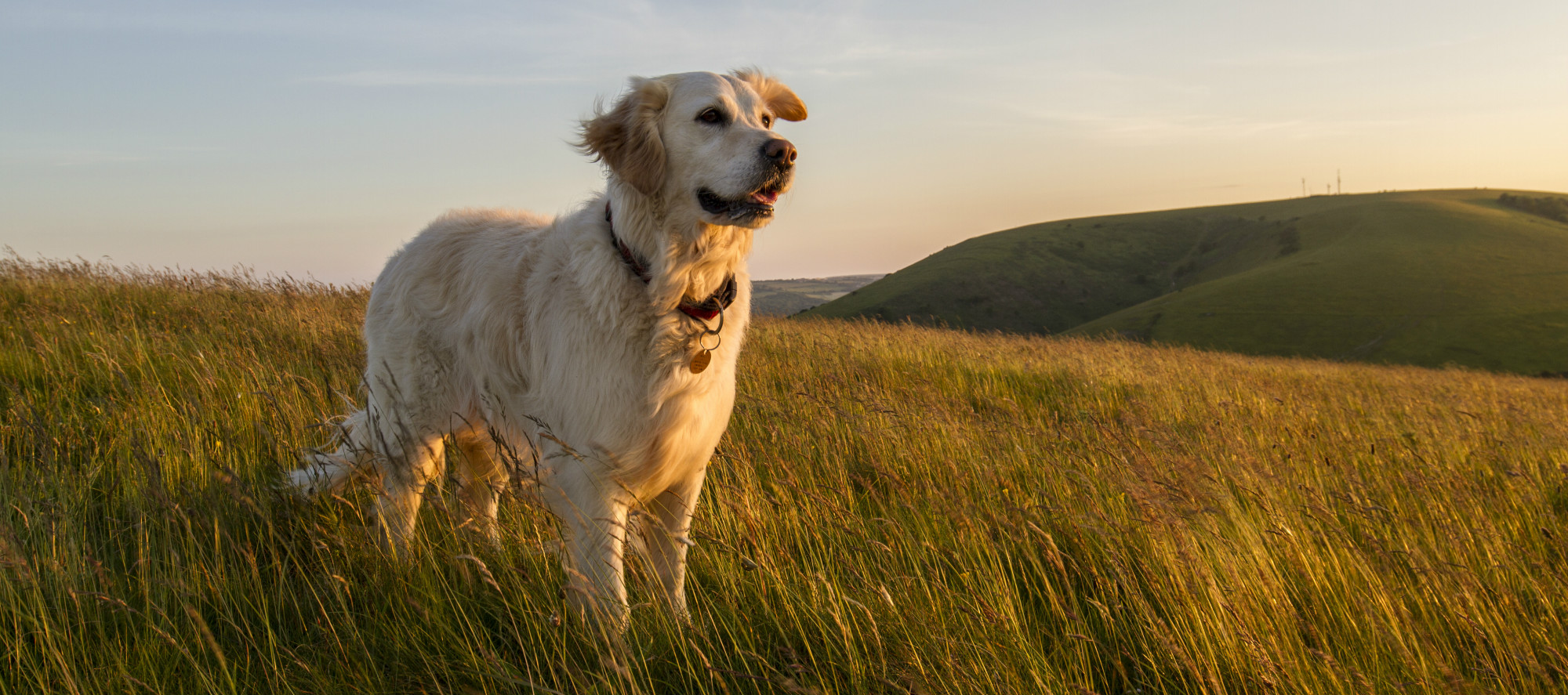
Why do we care about genetic outliers?
As of the time of this post, UC Davis Veterinary Genetics Lab has tested 7,297 dogs using Dr. Niels Pedersen’s Canine Diversity Test, which was first introduced in 2015 with just a couple of breeds. BetterBred today has 4,162 dogs uploaded. We are adding dogs, breeds and members at a very rapid pace as breed communities become aware of how these tools can help.
Our first and most active breed is of course Standard Poodles, of which 2,220 have been tested to date by UC Davis. Of those, 1,818 are in the BetterBred database. One of the reasons so many Standard Poodle breeders have adopted this testing is because they were the first to have additional tools to analyze the data.
Last February, we went to UC Davis and explained and demonstrated to the VGL director and former director – both geneticists – how our BetterBred software works. They were amazed by and excited about it. That’s why we continue to work so closely with VGL.
Three years ago, when we first got results for our Standard Poodles, we all assessed the dogs and pedigrees carefully. I had an inbred puppy (COI 27.8%) from an accidental full sibling litter whose outbred parents were very unusual for the breed. We also had samples of very linebred show dogs that had a lot of influence from the breed’s famous genetic bottleneck. They were very very different from my little puppy, who had extremely low influence from the breed bottleneck (18%). One was especially inbred, with a COI of 37.7% and whose ancestry based on pedigrees owed 92% its ancestry to the genetic bottleneck dogs.
Yet the internal relatedness (IR) value of my genetic outlier puppy WAS THE SAME as the very linebred show dog. Despite their identical IR, one was at risk of breed specific diseases (the show dog) and one wasn’t. IR gave them the same breeding value. It was clear we needed to be able to differentiate these dogs.
Since that moment I set out to find a way to identify genetic outliers vs highly typical dogs. Knowing the amount of inbreeding is not remotely enough information. With help from a biostatistician at UC Davis, I developed the Outlier Index, and soon after we also added other widely used conservation genetics formulas that corroborate our OI results. These measures are able to tell the difference between a common dog and an unusual dog, whether they are inbred or not.
How does this help?
In 2015, the Standard Poodle study that started all of this showed how genetic bottlenecks can concentrate genes for complex diseases in a breed so much that breed specific diseases can become fixed or nearly so in a breed. Dogs with more bottleneck influence tend to be at more risk of these complex diseases.
Ancestral genetic polymorphisms responsible for SA [sebaceous adenitis] and AD [Addison’s Disease] entered Standard Poodles through separate lineages, AD earlier and SA later, and were increasingly fixed by a period of close line-breeding that was related to popular bloodlines from the mid-twentieth century. This event has become known as the midcentury bottleneck or MCB. Sustained positive selection resulted in a marked imbalance in genetic diversity across the genome and in the DLA class I and II region. Both SA and AD were concentrated among the most inbred dogs, with genetic outliers being relatively disease free. No specific genetic markers other than those reflecting the degree of inbreeding were consistently associated with either disease. Standard Poodles as a whole remain genetically diverse, but steps should be taken to rebalance diversity using genetic outliers and if necessary, outcrosses to phenotypically similar but genetically distinct breeds.
Dr Pedersen then further showed this in subsequent published studies. This conclusion was also independently confirmed by a NC State paper that used both standard SNP Canine HD chips and whole genome sequencing. They also showed how much harder it is to identify the genes involved in these complex diseases because they can become so frequent via a bottleneck that even healthy dogs may have the disease genes, but just have no evidence of the disease yet or ever, and so there’s no real genetic difference between affected and healthy dogs.
One recent study examining the effects of genetic bottlenecks within the breed is consistent with our GWAS findings (Pedersen et al. 2015). …[B]ased upon their analysis of internal relatedness and heterozygosity among these inbred dogs, the authors suggest that the loci responsible for AD may be fixed in a majority of both affected and unaffected Standard Poodles. This conclusion would support our inability to detect a single causative locus for AD in Standard Poodles using a GWAS of only 133 dogs.
After three years and almost tripling the number of Standard Poodle samples, the evidence we saw in the original tested group has held true. More common dogs are at risk of Addison’s and SA and genetic outliers remain at low risk. SA has additional risk in Standard Poodles in dogs with higher IR. Add to that, certain DLA haplotypes carry additional risks and benefits, BUT the most common DLA haplotype in Standard Poodles has neutral risk, and homozygosity in the DLA was not a significant factor.
And of course while we do this, we continue to select for healthy dogs with proper structure and temperament. Genetic outliers that aren’t healthy or have functional structure won’t help.
This method can fit into any breeding program. It doesn’t say your healthy typical dogs are bad. It gives you a way to slowly breed away from risk. This is what breeders want to do anyway – so this simply gives them more tools to do it. Anyone – from a dedicated show breeder who believes in line breeding to a radical diversity-minded breeder who prioritizes diversity – can incorporate the idea of breeding away from bottlenecks.
Every litter has a range of OI and IR and AGR, which is another way of measuring outlier status. Only BetterBred has all those numbers and you get those for free when you upload your dog. We do sell subscriptions for advanced software to keep the lights on, and so we can continue to offer so much for free to as many breeders as we can. The advanced software is actually super cool and totally worth the money, but we don’t want money to stop breeders from contributing positively to their breeds.
So that’s why we don’t only assess dogs or breeds only for heterozygosity/homozygosity, but also how similar or different they are from one another.
 Previous Post
Previous Post Next Post
Next Post


